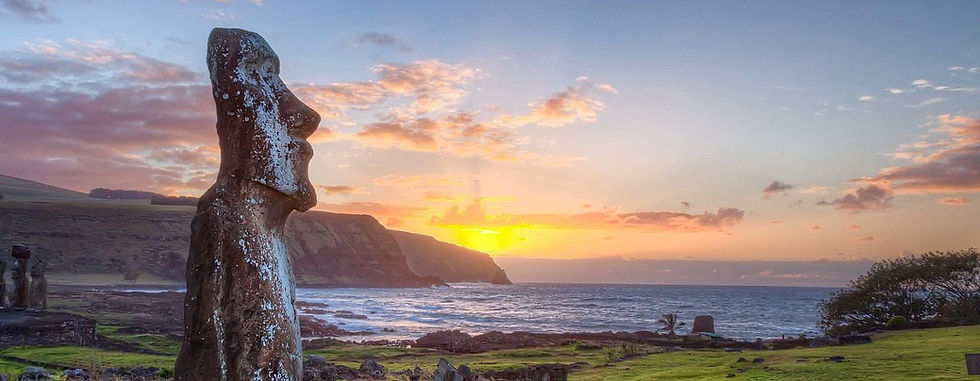Exploring Lord Howe Island's Wildlife Oasis
- peter auwerx
- Feb 1, 2024
- 2 min read

Lord Howe Island, located in the Tasman Sea between Australia and New Zealand, has a rich and fascinating history. Discovered by British explorer Lieutenant Henry Lidgbird Ball in 1788, just a few weeks after the First Fleet arrived in Australia, the island was named after Lord Richard Howe, a British admiral.
Throughout the 19th century, the island served as a stopover for whalers, and its strategic location made it a valuable point for ships navigating the South Pacific. It wasn't until the late 19th and early 20th centuries that permanent settlement began, primarily with activities such as fishing and agriculture.
During World War II, Lord Howe Island was home to a Royal Australian Air Force base. In 1982, the island was designated a UNESCO World Heritage site due to its unique and diverse ecosystems, protecting its natural beauty and remarkable biodiversity for future generations to enjoy. Today, it remains a pristine and ecologically significant destination, drawing nature enthusiasts and travellers from around the world.
Wildlife and Plant Life on Lord Howe Island:
Lord Howe Island is indeed famous for its stunning beauty and unique biodiversity, including its rare cloud forest atop the island's two southern mountains. Here's a more detailed overview of the wildlife, plant life, and how to reach the island:
Birdlife: The island is a haven for birdwatchers with numerous bird species, including the endemic Lord Howe Island woodhen, Providence petrel, and the critically endangered Lord Howe Island parakeet. The birdlife here is diverse and unique due to its isolation.
Marine Life: The waters surrounding Lord Howe Island are a marine paradise, with excellent opportunities for snorkeling and diving. The island is home to a wide range of marine species, including colorful coral reefs, sea turtles, and various fish species.
Vegetation: The cloud forest on the southern mountains is a remarkable feature. It is lush with mosses, ferns, and unique flora that thrive in the cool and moist conditions at higher altitudes. This cloud forest is a rare and delicate ecosystem.
Biodiversity: Lord Howe Island is renowned for its high level of endemism, meaning many species found here are not found anywhere else in the world. This unique biodiversity is due to the island's isolation and has led to its designation as a UNESCO World Heritage site.
Reaching Lord Howe Island:
By Air: The most common way to reach Lord Howe Island is by air. Flights to the island depart from Sydney and Brisbane in Australia. Airlines like QantasLink and Eastern Australia Airlines operate regular flights. The flight takes around 2 hours, and the airport on the island is known as Lord Howe Island Airport.
By Sea: Another option is to reach Lord Howe Island by sea. There are occasional cruise ships that visit the island, but this is a less common and less practical way to travel there compared to flying.
Arajilla Retreat:
Arajilla Retreat is a well-regarded eco-lodge on Lord Howe Island known for its comfortable accommodations and guest services. It provides a peaceful environment for visitors to experience the natural beauty and biodiversity of the island.
Peter Auwerx, Bookingbox



Comments